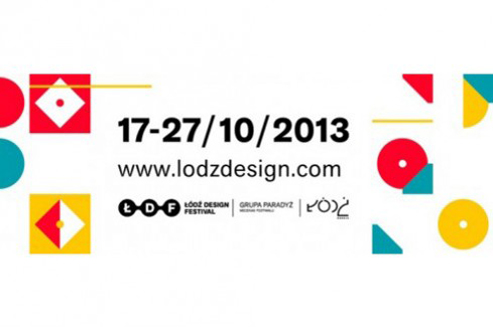Today, as never before, design is immersed in humanism and strives for egalitarianism. Both sociologists and anthropologists try to convince us that the collective wisdom is the most important common denominator, and that we can all participate in designing the world. Despite how it might seem, this attitude departs from the slogans of the radical architects of the seventies, who used to preach that “everyone is a designer!” Rebelling against the ties and muzzles dictated by the dominant politics they still remained enclosed in the same way of thinking, where distinctions between consumers and creators, rulers and the ruled still held.
Today, a different attitude is growing, one based on the open source model, supported by the global Internet and the continuing democratisation of technology. The time of talented amateurs and active prosumers has come. It is possible, thanks to the creative opportunities brought the next wave of inventions (2D and 3D printers, open source software, open platforms that allow user-installed multimedia applications). All that is accompanied by a renaissance of production based on craftsmanship.
The crucial part of the new role of the designer is to focus on characteristics common to all human beings, for example feelings, emotions, needs, dignity or responsibility. The concept of social design is not new. One of the first who preached these values was Victor Papanek. In his work he would always try to take into consideration the widest possible social context. He cooperated with UNESCO and WHO on poverty, inefficiency or third world economic development. His thesis can be found in ‘Design for the Real World: Human Ecology and Social Change’, published in 1971. For many designers, for example Hilary Cottam, Papanek’s ideas became an inspiration for their work. Cottam created an interdisciplinary team of young designers, entrepreneurs, anthropologists and consultants working on international projects, bringing beauty and common sense not only to the practice of design, but also to the shaping of politics, management in both public and private sectors, or, simply, to life.
The awareness of having limited resources at our disposal discourages us from overproducing things. More and more often designers use their skills to create immaterial applications, starting from interfaces to various services. They look for solutions for families and young people in chronic crisis, they redesign the incarceration system, they deal with the aging of society, they make people realize what their impact on the environment is and they point towards concrete ways of decreasing it. Some designers take on the role of consultants. Joining research teams, large corporations, politics, decision makers and regular people, they show those interested the strength and effectiveness of design thinking in practice.
This is how design has evolved from the “form that followed function” to “design as a solution for problem solving”. Education and engagement still count, as they are crucial if one wishes to become a professional designer. One should not overlook talent and sensitivity, which are needed in order to become a perfect designer. Contemporary design has, however, in an unprecedented way, opened its doors towards the world of common people. It is hard to imagine a better and more propitious time for this.
We will discuss this during this year’s festival edition with a specific focus on the following 3 dimensions: Eating, Inhabitation, Emphaty.
Malgorzata Żmijska, Lodz Design Festival Programme Director
Downloadable materials:
Lodz Design Festival 2013 programme (pdf)
Source: Lodz Design Festival


